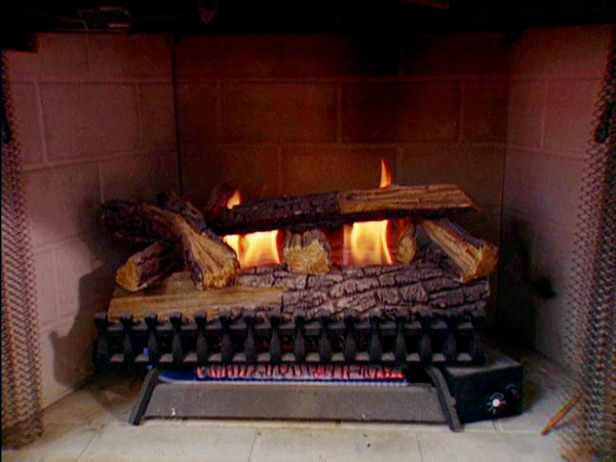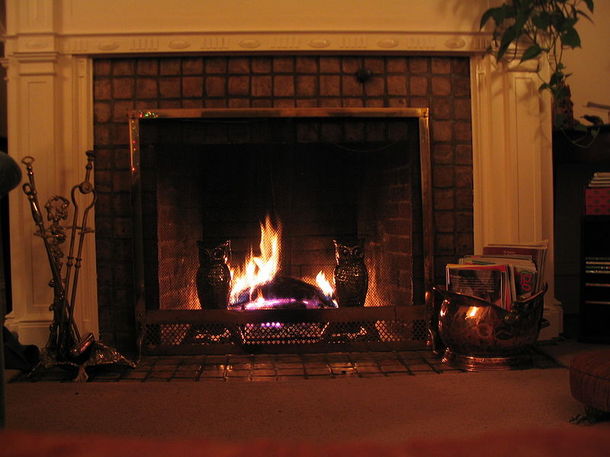What Makes a Fireplace Inefficient :
There is an old-time comfort that fireplaces bring to a home which not much else can replace. But depending on the type of fireplace in your home, it may actually waste more energy than it creates throughout the season. Heat that is generated climbs up the chimney while cooler air is drawn into the house to replace the hotter air. The same effect happens when a chimney isn’t burning either, and heat from a house escapes via this outlet. When a fire isn’t burning, warm air can still escape through the chimney. There are numerous products and methods employed to increase the efficiency of your fireplace, some of which can be more dangerous or more effective than others. This article will highlight some of the better ways to increase the efficiency of your fireplace.
Solutions for Improving Fireplace Efficiency :
A fireback, a heavy piece of metal between the fire and the masonry block surrounding, functions as a shield against eroding heat. Another function is to reflect heat into the room instead of letting it escape upwards. Results of adding a fireback are mixed and it has been said that they have not provided any real increase in keeping heat from escaping nowadays, considering there are other alternatives to choose form.

Damper :
A damper is a metal plate that regulates the airflow through the chimney. They essentially cap the entire top of the chimney and reduce heat loss while it is being used. While the chimney is not being used though, they provide little benefit. They can work well to keep heat in, although over time they need to be replaced due to them becoming loose fitting over time as they wear. It is common that they warp within a year or two. The cost of these chimney dampers is approximately $200 to $400.
Fireplace Doors :
Fireplace doors provide a similar effect as a chimney damper and cost around $200 to over $1,000. The concept of fireplace doors is to close up the entrance of the fireplace so that air cannot be siphoned up the chimney. Just as with most items out there, you get why you pay for, and purchasing a cheaper tempered glass fireplace door will not guarantee a fit tight enough to prevent cold air back drafts when the fireplace is not being utilized. Tempered glass is available in cheaper fireplace doors and is susceptible to breaking when the fire is burning and the doors are closed. Ceramic glass doors are a better choice and typically provide a more snug fit to keep backdrafts at bay.
Grate Heaters :
Grate heaters and radiators are the best option for improving the efficiency of your fireplace. They are able to capture a significant amount of heat from the fire and return it back into the house. Some consider these unsafe as they actually assist in generating heat but at the end of the day how safe is a pipe which vents fire from inside a home anyways. These grate heaters and radiators are available for around $400 to $700.
#1 Option :
The ultimate option in fireplace efficacy is to install a fireplace insert that is approved by the US EPA (Environmental Protection Agency). This insert involves a stainless steel liner that runs form the bottom to the top of the chimney which improves efficiency and reduces standby losses. This piece can be looked at as a wood stove that fits within masonry fireplaces. This is the most efficient solution and is accompanied by an equally high cost, approximately $3,000 and up. Use these options as a guide on how to identify some methods of increasing your fireplace efficiency and ultimately, the overall efficiency in your home.
Featured images:
- License: Creative Commons image source
This article was written by David Holly. David is a civil engineer located in Orlando, FL. In his free time he enjoys creating content relevant to his engineering profession and has recently been contributing to Facemyer AC – a Sanford based HVAC company. If you would like to read more about David and some of his other articles you can visit his Google+ page!
